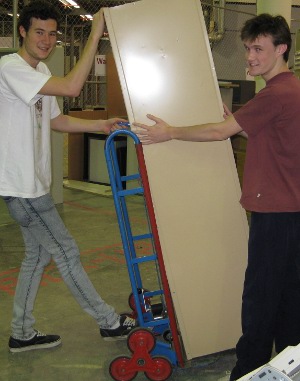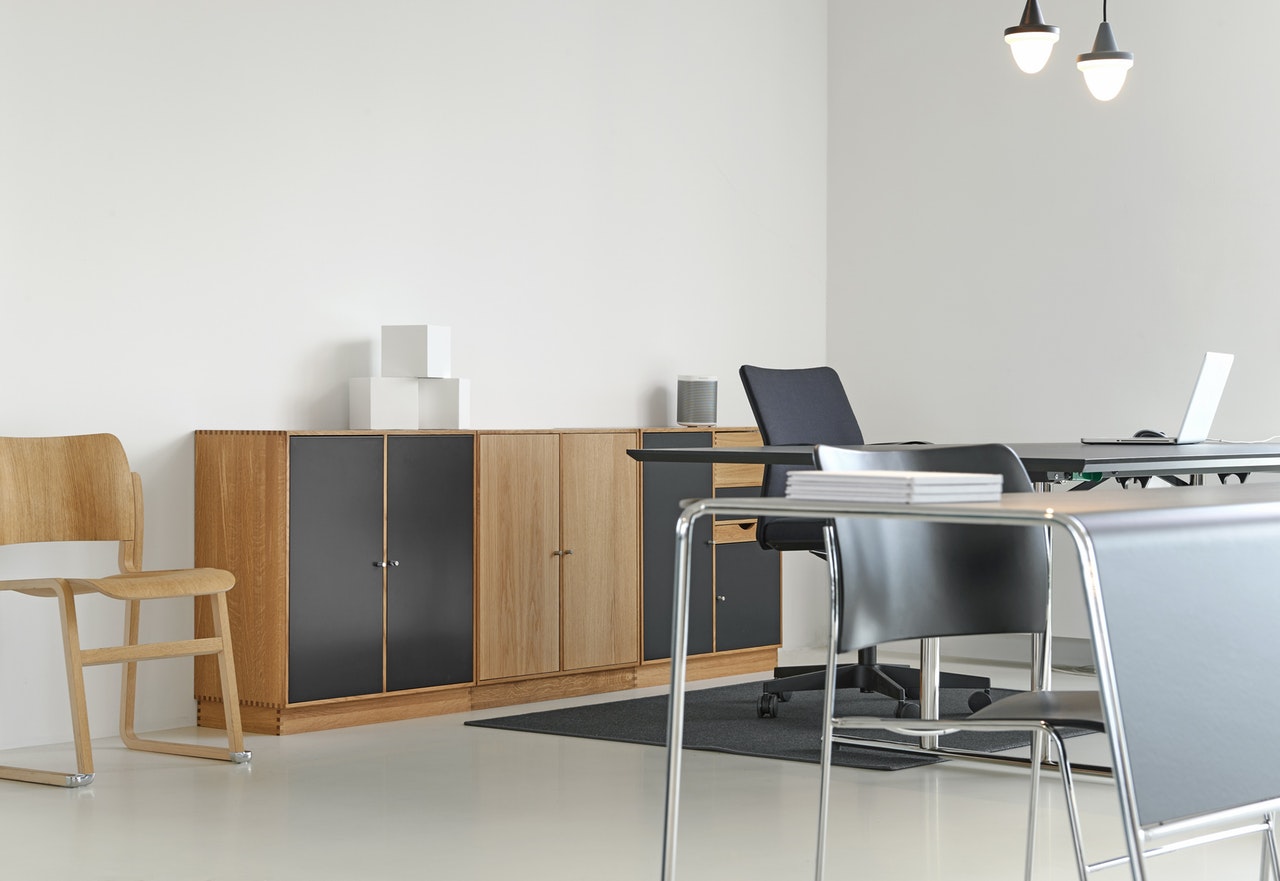We had the pleasure of talking to Sally Northover from Macquarie University and she gave us a great insight into making the logical case for the centralized management of surplus assets.
This is part of our series of case studies where we compare and contrast different surplus asset reuse methods across the world. Macquarie University is not a Warp It customer and we present this informaiton so that others can learn from Sally's experiences and knowledge.
Macquarie University was founded in 1964 and today is located in the heart of Australia’s largest high-tech precinct in Sydney. It is seen as one of Australia’s leading universities, with around 3,000 staff and more than 40,000 students. The campus itself spans 126 hectares.

The University is committed to sustainability and is actively working towards finding sustainable ways to operate through a number of practical strategies, including prioritising energy and water consumption, waste management, recycling and encouraging eco-friendly transportation.
Sally Northover is the Property Sustainability Officer for the Macquarie University and has been responsible for implementing and leading a system for furniture asset reuse since 2010. According to Sally, one of the initial problems was that often after offices were refurbished, “functional furniture was being thrown away, while at the same time we had staff still using desks which were around in the 1970s.”

To solve the problem, Sally managed to get some storage space in one of the buildings and set up a system so that all the furniture that was no longer needed after a refurbishment was sent there. Once there, the next step was to develop a database using FileMaker software to create a catalogue of items. “We set the storage area up in a system of bays,” said Sally. “Everything is given an item number and it’s details recorded. It’s important to know exactly what you have in the store, and in particular, exactly where to find it.”

With a starting budget of only A$10,000, Sally managed to setup a reuse system that involved new internal processes, the database, an online web catalogue and transportation. The way the system works is that items are assessed for suitability prior to coming into the store. Once they are accepted, the item’s details and location are recorded in the database. There is a simple process for staff who want to use a surplus item: “Once it's on the website in the online catalogue, staff can look at everything that's there. There's an online request form where they fill in details of the item they want and where they want it to go to. This triggers an e-mail request and starts the delivery process happening. Once an item has left the store, it is marked as “out” in the database and removed from the online catalogue”.
A difficult initial aspect of the scheme was getting faculties to let go of extra furniture they were hoarding in case they might need it. Now they have managed to let go, they have extra space and are able to search the website for any additional furniture they might need.
In 2014, the store moved to a much more central and easily accessible location on campus. The store is open for around 3 hours a week and is usually staffed by student employees. Staff members can visit the store and look at items during open hours.
Since the Re-usable Assets Management Scheme, more commonly known around campus as the “Furniture Store”, opened in 2010, the University has re-used a total of more than 4,500 items. The most popular items are desks and tables, drawers, filing cabinets, bookshelves, chairs, chairs and more chairs. The Furniture Store has also diverted more than 400 tonnes of waste from landfill and has saved the University over A$1.4 million. Some of the more obvious environmental benefits of the reuse program are reduction of waste sent to landfill, reduced environmental costs associated with not manufacturing new items, transport and embodied energy savings.
Moving forward, Sally hopes to expand the capabilities of the system by offering items to students and staff for use off-site, and to donate items to charities, indigenous schools and community groups. The store is only for furniture at the moment, but Sally is looking to expand its area: “I look after the e-waste as well. However, by the time items get to me I don't know if they are working or not and currently I don't have the resources to test things. It would be great to set up a similar scheme relating to electronic equipment re-use.”
“One piece of advice I can offer is that when you’re implementing a reuse and recycling system or improving an existing one, obviously you have to be persistent. If someone says no you just have to keep going and find other ways around the obstacles.”
We will learn a great deal from this case study- thankyou so much Sally Northover, Property Sustainability Officer, Macquarie University.









